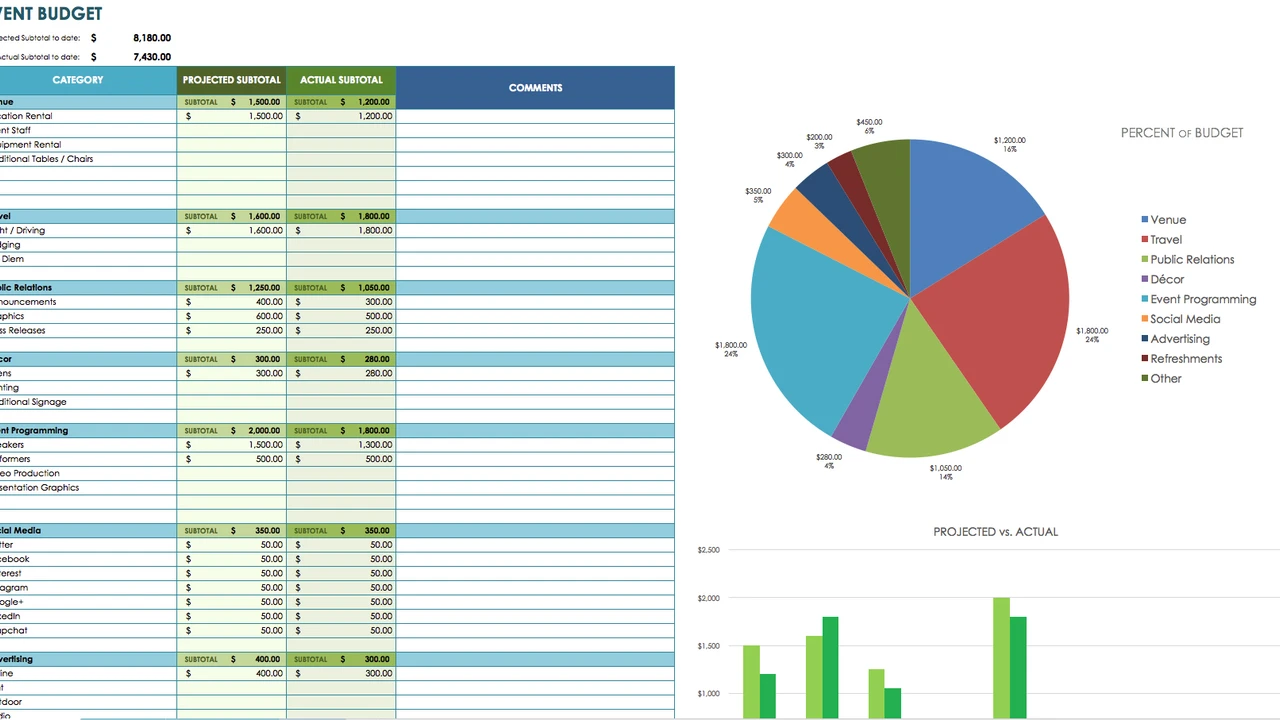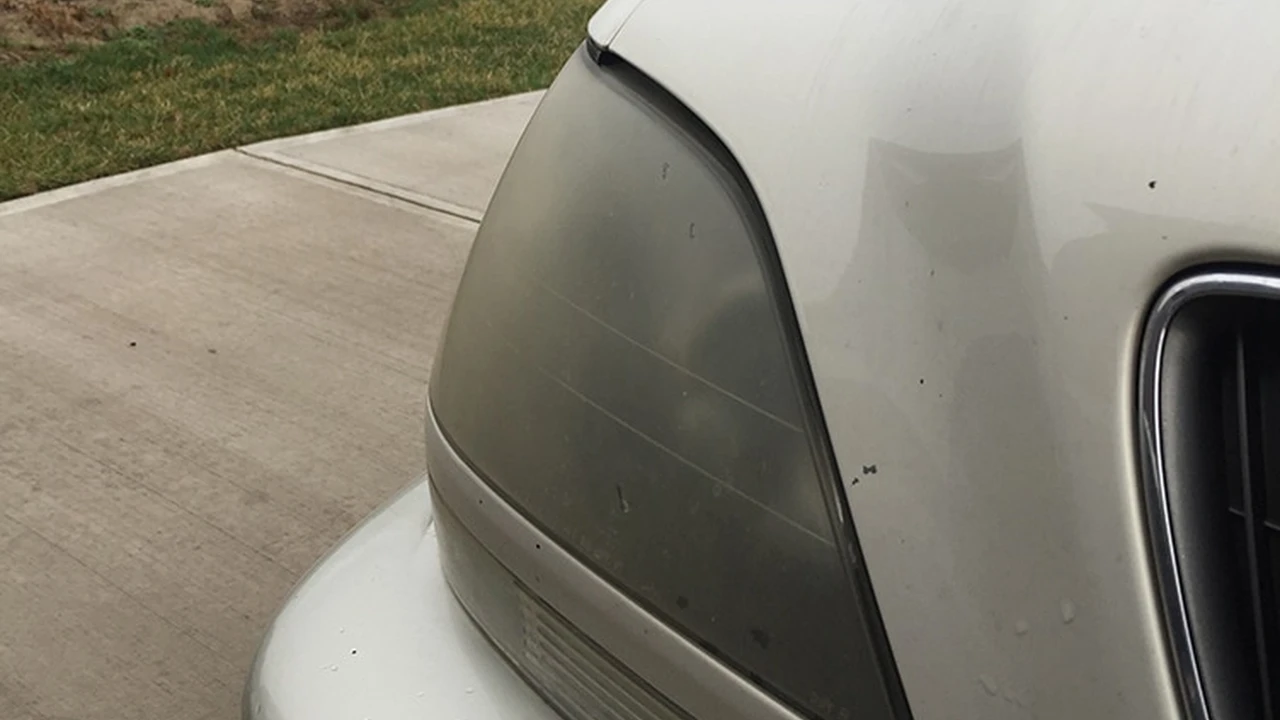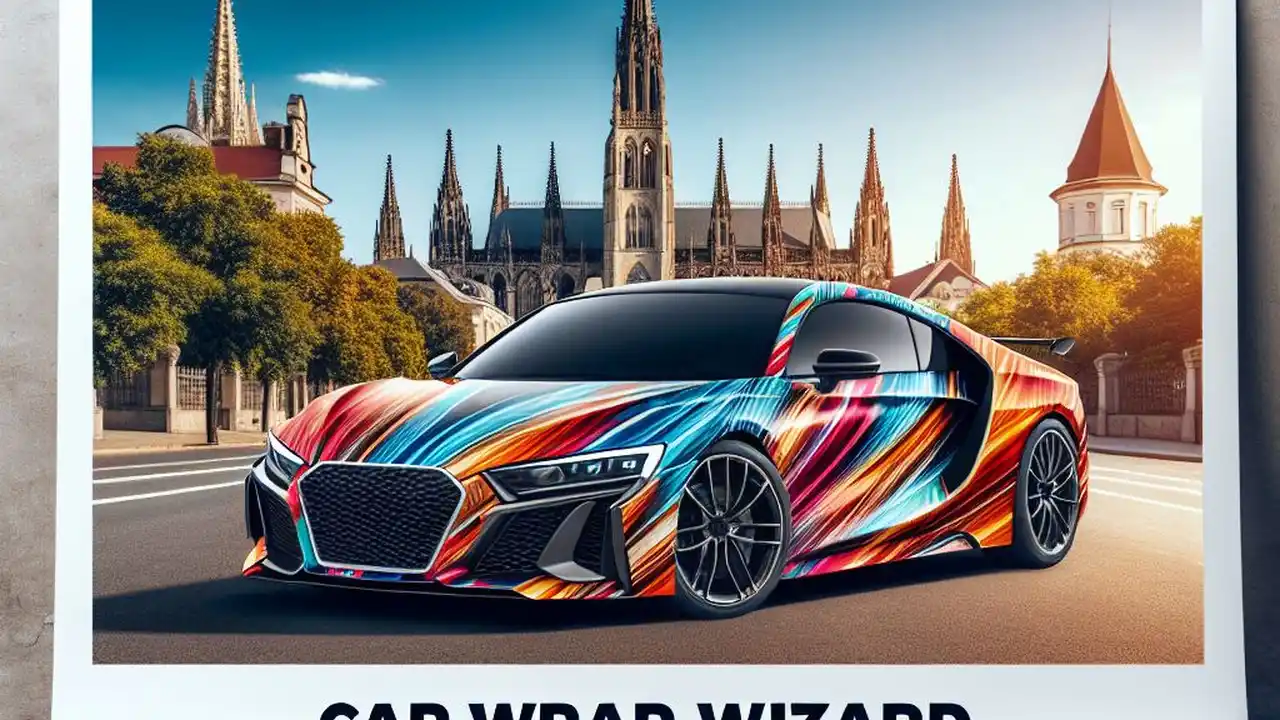5 Common Body Kit Mistakes and How to Avoid Them

Avoid costly errors with our guide to common body kit mistakes. We identify potential pitfalls and offer solutions for a smooth installation. Ensure your body kit project is a success from start to finish.
Introduction to Body Kit Installation Pitfalls
So, you're thinking about slapping a body kit on your ride? Awesome! A body kit can totally transform the look of your car, making it stand out from the crowd. But hold your horses! Before you dive headfirst into this project, it's crucial to be aware of some common mistakes that can turn your dream car into a potential nightmare. Trust me, I've seen it all – ill-fitting parts, botched paint jobs, and even body kits flying off at highway speeds! Let's break down the most common blunders and how to steer clear of them.
Mistake 1: Buying a Cheap, Poorly Made Body Kit
This is probably the biggest mistake you can make. I get it, everyone loves a bargain. But when it comes to body kits, cheap often equals poorly made. These kits are usually made from low-quality materials like thin fiberglass, which is prone to cracking and warping. The fitment is often terrible, requiring extensive modifications to even get close to fitting properly.
The Fix: Invest in a reputable brand. Do your research! Read reviews, check out forums, and talk to other car enthusiasts. Look for kits made from durable materials like polyurethane or high-quality fiberglass. While they might cost more upfront, they'll save you a ton of headaches (and money) in the long run.
Product Recommendations:
- Duraflex: Known for their flexible and durable polyurethane kits. Good balance of price and quality. Expect to pay around $500-$1500 depending on the car and kit.
- VIS Racing: Offers a wide range of body kits, from mild to wild. Quality can vary, so read reviews carefully. Prices range from $600-$2000.
- Seibon Carbon: If you're looking for a high-end carbon fiber kit, Seibon is the way to go. Expect to shell out $2000-$5000+ for a full kit.
Mistake 2: Ignoring Proper Test Fitting Before Painting
Okay, you've got your shiny new body kit. You're eager to get it painted and installed. Don't even think about sending it off to the paint shop without test fitting every single piece first! This is absolutely crucial. You need to make sure everything lines up correctly, that there are no major gaps, and that the mounting points are all in the right place.
The Fix: Take your time. Mount each piece of the body kit to your car using clamps or temporary fasteners. Check the fitment from all angles. If you find any issues, address them before painting. This might involve sanding, trimming, or even adding filler. It's much easier (and cheaper) to fix these problems before the kit is painted.
Mistake 3: Skimping on Body Work and Preparation
A great paint job starts with great prep work. Don't assume that your body kit is ready to be painted right out of the box. Most body kits, even the high-quality ones, require some level of body work to achieve a smooth, flawless finish. This might involve sanding down imperfections, filling in small holes or cracks, and applying a primer.
The Fix: Invest in quality body fillers and sandpapers. Take your time to smooth out any imperfections. Apply several coats of primer and sand it smooth between each coat. This will create a perfect base for your paint to adhere to and will ensure a professional-looking finish. Consider hiring a professional body shop if you're not comfortable doing this yourself.
Mistake 4: Improper Installation Techniques
Installing a body kit isn't as simple as bolting on a few parts. It requires patience, attention to detail, and the right tools. Using the wrong fasteners, over-tightening bolts, or not properly aligning the pieces can lead to serious problems down the road.
The Fix: Read the instructions carefully. Use the correct fasteners and torque them to the specified values. Pay close attention to alignment. Use shims or spacers if necessary to achieve a perfect fit. If you're not comfortable with the installation process, hire a professional to do it for you. It's better to spend the money upfront than to risk damaging your car or your body kit.
Mistake 5: Neglecting Aftercare and Maintenance
Okay, your body kit is installed and looking amazing. But the work doesn't stop there! You need to take care of your body kit to keep it looking its best for years to come. This means regularly washing and waxing it, protecting it from the sun, and repairing any damage as soon as it occurs.
The Fix: Use a high-quality car wash soap and wax specifically designed for painted surfaces. Avoid using harsh chemicals or abrasive cleaners. Park your car in the shade whenever possible to protect it from the sun's harmful UV rays. If you notice any cracks, chips, or scratches, repair them immediately to prevent further damage. A little bit of maintenance can go a long way in preserving the life of your body kit.
Specific Product Recommendations and Comparisons
Let's dive into some specific product recommendations to help you avoid these mistakes:
Body Kit Material Comparison: Fiberglass vs. Polyurethane
Fiberglass: Cheaper, easier to repair, but more brittle and prone to cracking. Best for show cars that don't see a lot of daily driving.
Polyurethane: More expensive, harder to repair, but much more durable and flexible. Ideal for daily drivers and cars that see a lot of road use.
Specific Body Kit Recommendations:
- For Honda Civic (2016-2021): The Mugen style body kit is a popular choice. Expect to pay around $800-$1500 for a good quality kit. Look for polyurethane versions for better durability.
- For Subaru WRX/STI (2015-2021): The Varis style body kit is a aggressive and stylish option. Carbon fiber versions are available but expensive. Polyurethane versions offer a good balance of price and durability, costing around $1000-$2000.
- For BMW 3 Series (E46): The M3 style body kit is a classic and timeless upgrade. Prices range from $500-$1200 depending on the material and brand.
Example Scenario: Choosing a Body Kit for a Daily Driver
Let's say you have a Honda Civic that you drive every day. You want to add a body kit to improve its appearance. In this scenario, a polyurethane body kit is the best choice. It's more durable than fiberglass and can withstand the rigors of daily driving. Look for a reputable brand like Duraflex or VIS Racing. Expect to pay around $800-$1500 for a good quality kit. Remember to test fit all the pieces before painting and to follow the installation instructions carefully.
Pricing Considerations
Keep in mind that the cost of a body kit isn't just the price of the kit itself. You also need to factor in the cost of painting, installation, and any necessary body work. Painting can cost anywhere from $500 to $2000 or more, depending on the complexity of the job and the quality of the paint. Installation can cost anywhere from $300 to $1000 or more, depending on the complexity of the kit and the experience of the installer. It's always a good idea to get a few quotes from different body shops before starting your project.
By avoiding these common mistakes, you can ensure that your body kit project is a success and that your car looks amazing for years to come. Happy styling!
:max_bytes(150000):strip_icc()/277019-baked-pork-chops-with-cream-of-mushroom-soup-DDMFS-beauty-4x3-BG-7505-5762b731cf30447d9cbbbbbf387beafa.jpg)






